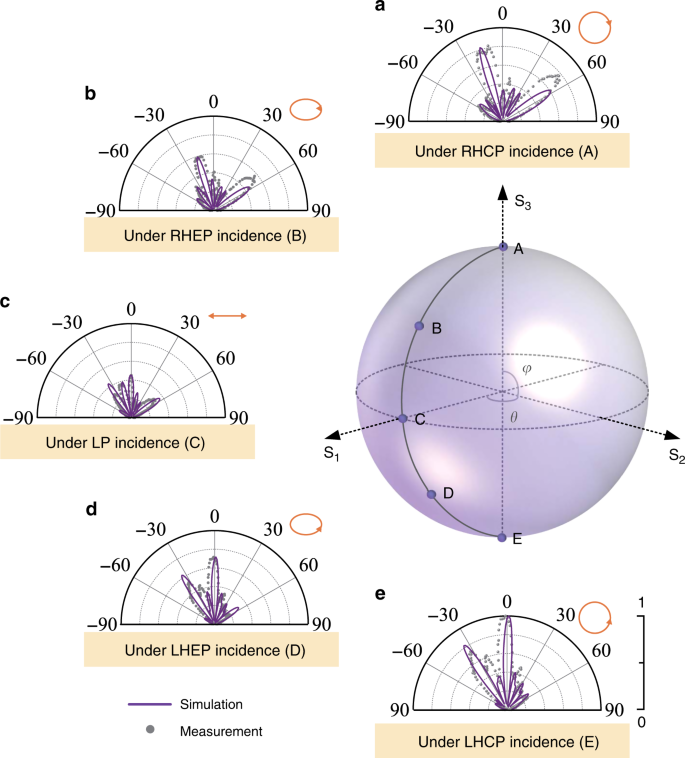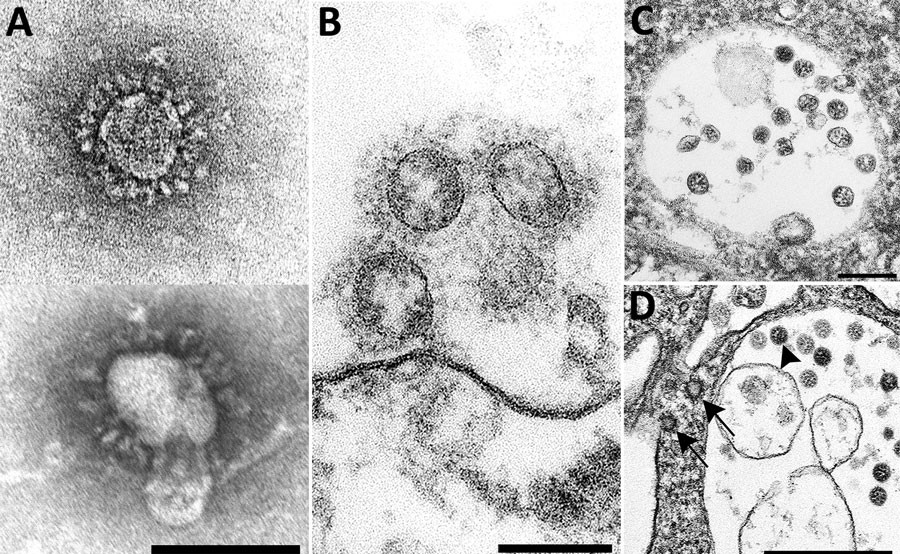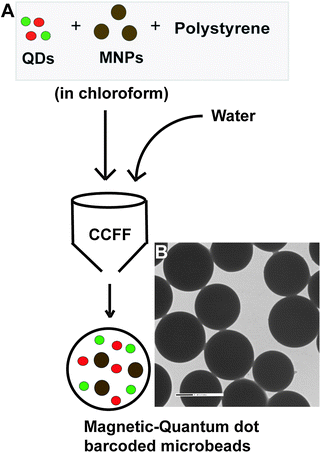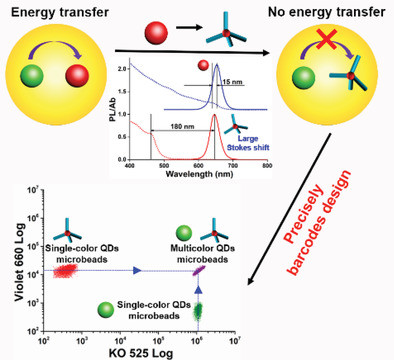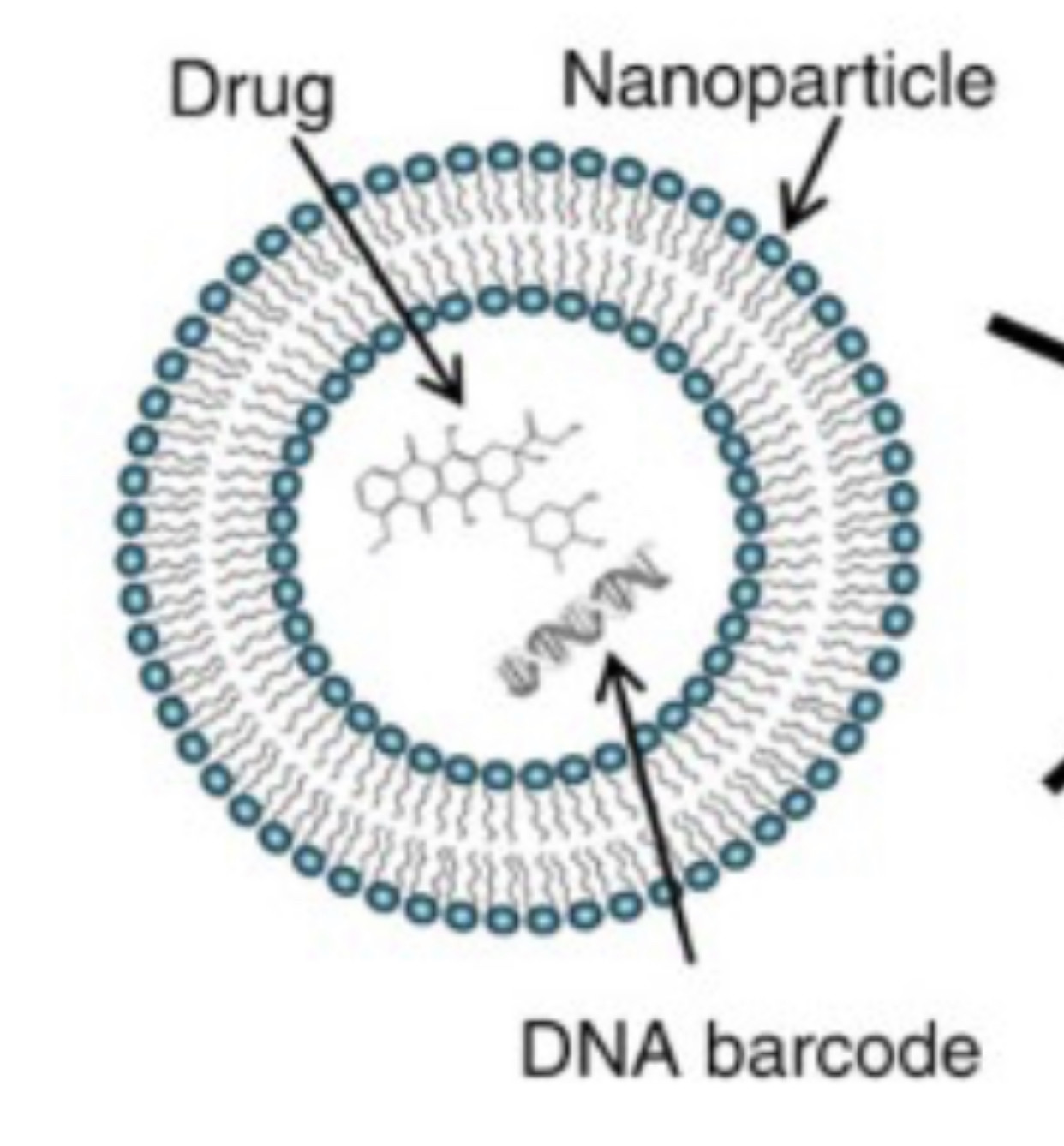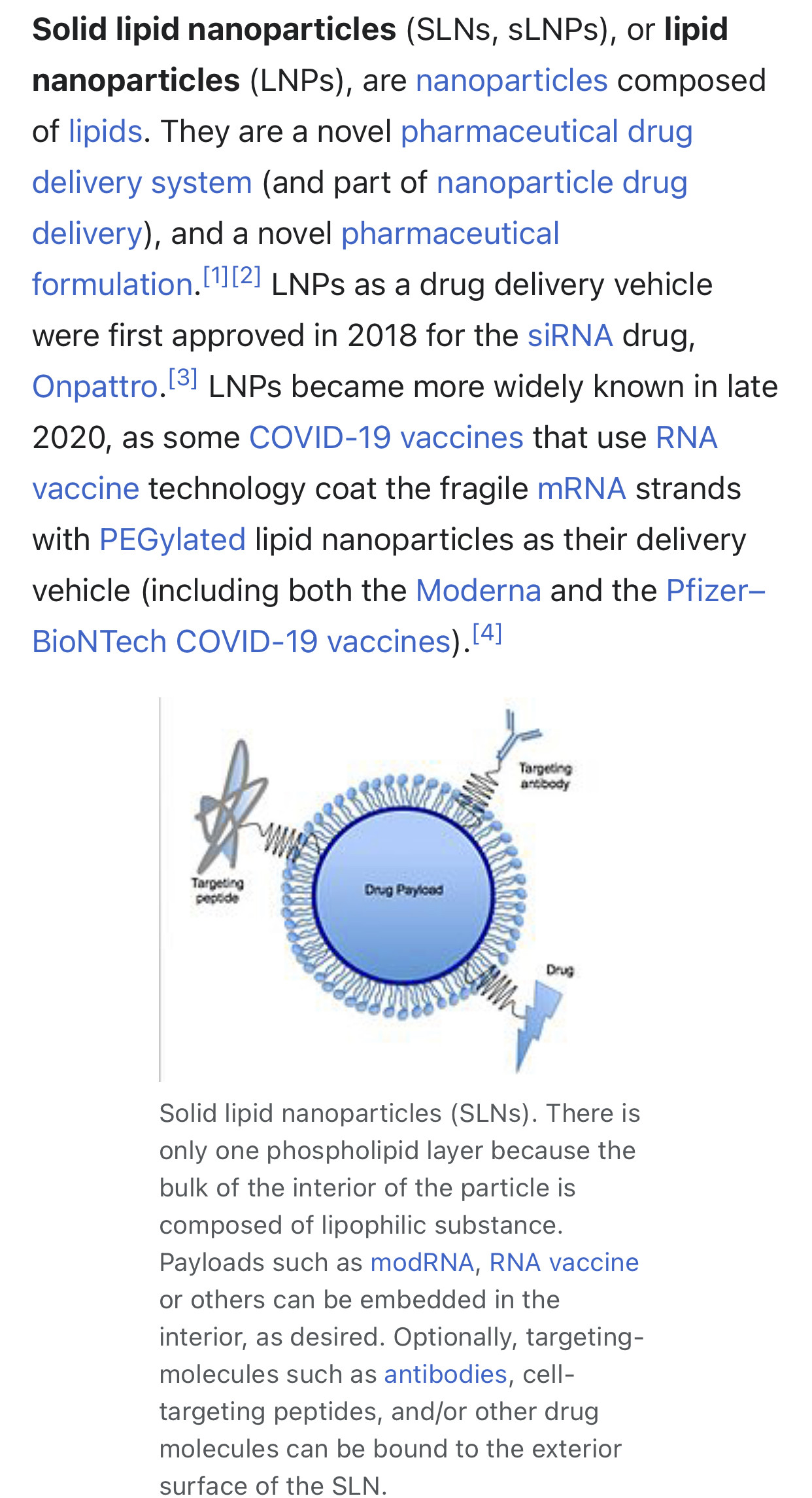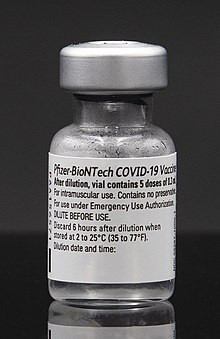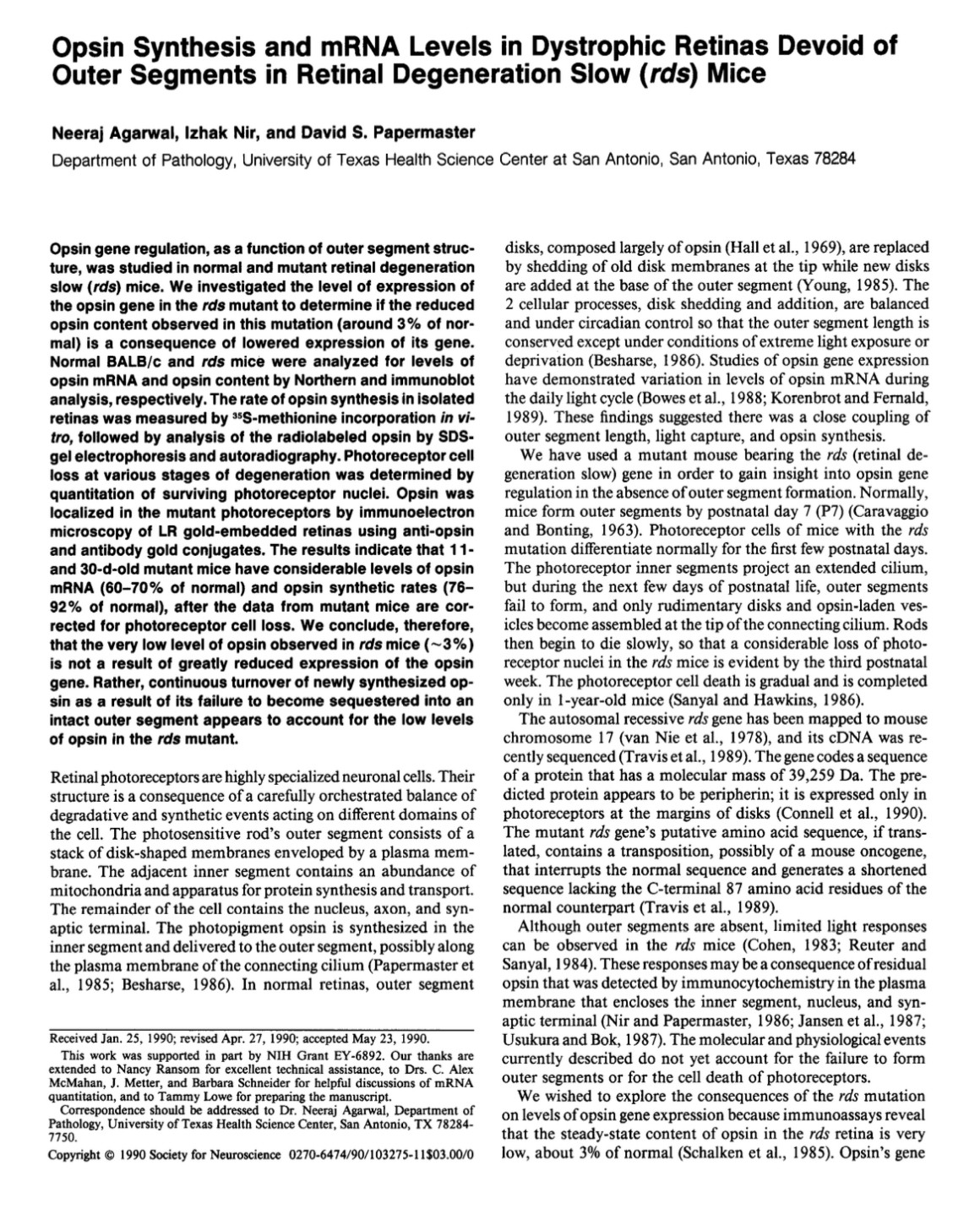Just sending you all some love.
🙏🏻❤️
❤️👈🏻
a Under the RHCP incidence, two main output lobes located at −16° and 58° carry co-polarization and cross-polarization respectively. b Under the RHEP incidence, four lobes appears at −35°, −16°, 0°, and 58° for L–L, R–R, L–R, and R–L channels respectively. c Under the LP incidence, four lobes are exhibited at −35°, −16°, 0°, and 58°. d Under the LHEP incidence, four lobes are shown at −35°, −16°, 0°, and 58°, which is opposite to that of RHEP incidence. e Under the LHCP incidence, only two main output lobes located at −35° and 0° carry co-polarization and cross-polarization, respectively.
polarization (n.)
1812, "state of having different properties on different sides," from polarize + -ation, and in part from French polarisation, noun of action from polariser. Figuratively from 1871; of social and political groups, "accentuation of differences," from 1945.
polarization
/pəʊlərʌɪˈzeɪʃ(ə)n/
noun: polarisation
1.
division into two sharply contrasting groups or sets of opinions or beliefs.
"the polarization of society between rich and poor"
2.
PHYSICS
the action of restricting the vibrations of a transverse wave, especially light, wholly or partially to one direction.
"changes in polarization of light passing through the atmosphere"
3.
PHYSICS
the action of causing something to acquire polarity.
"probes need to warm up to ensure proper polarization of the electrodes"
The electrode, or lead, is a thin, insulated wire inserted through a small opening in the skull and implanted into a specific brain area. The extension wire is also insulated and passed under the skin of the head, neck and shoulder, connecting the electrode to the internal pulse generator (IPG).
Nanoelectrochemistry is a branch of electrochemistry that investigates the electrical and electrochemical properties of materials at the nanometer size regime. Nanoelectrochemistry plays significant role in the fabrication of various sensors, and devices for detecting molecules at very low concentrations.
Two transport mechanisms are fundamental for nanoelectrochemistry: electron transfer and mass transport. The formulation of theoretical models allows to understand the role of the different species involved in the electrochemical reactions.
The electron transfer between the reactant and the nanoelectrode can be explained by the combination of various theories based on the Marcus theory.
Mass transport, that is the diffusion of the reactant molecules from the electrolyte bulk to the nanoelectrode, is influenced by the formation of a double electric layer at the electrode/electrolyte interface. At the nanoscale it is necessary to theorize a dynamic double electric layer which takes into account an overlap of the Stern layer and the diffuse layer.
Knowledge of the mechanisms involved allows to build computational models that combine the density functional theory with electron transfer theories and the dynamic double electric layer. In the field of molecular modelling, accurate models could predict the behaviour of the system as reactants, electrolyte or electrode change.
Nanoelectrodes are tiny electrodes made of metals or semiconducting materials having typical dimensions of 1-100 nm.
DNA digital data storage is the process of encoding and decoding binary data to and from synthesized strands of DNA.
In June 2019, scientists reported that all 16 GB of text from Wikipedia's English-language version have been encoded into synthetic DNA.
Synthetic genomics is a nascent field of synthetic biology that uses aspects of genetic modification on pre-existing life forms, or artificial gene synthesis to create new DNA or entire lifeforms.
A gene drive is a natural process[1] and technology of genetic engineering that propagates a particular suite of genes throughout a population[2] by altering the probability that a specific allele will be transmitted to offspring (instead of the Mendelian 50% probability). Gene drives can arise through a variety of mechanisms.[3][4] They have been proposed to provide an effective means of genetically modifying specific populations and entire species.
The technique can employ adding, deleting, disrupting, or modifying genes.[5][6]
Proposed applications include exterminating insects that carry pathogens (notably mosquitoes that transmit malaria, dengue, and zika pathogens), controlling invasive species, or eliminating herbicide or pesticide resistance.[7][5][8][9]
As with any potentially powerful technique, gene drives can be misused in a variety of ways or induce unintended consequences. For example, a gene drive intended to affect only a local population might spread across an entire species. Gene drives used to eradicate populations of invasive species in their non-native habitats may have consequences for the population of the species as a whole, even in its native habitat. Any accidental return of individuals of the species to its original habitats, through natural migration, environmental disruption (storms, floods, etc.), accidental human transportation, or purposeful relocation, could unintentionally drive the species to extinction if the relocated individuals carried harmful gene drives
In sexually-reproducing species, most genes are present in two copies (which can be the same or different alleles), either one of which has a 50% chance of passing to a descendant. By biasing the inheritance of particular altered genes, synthetic gene drives could spread alterations through a population.
Artificial gene synthesis, or gene synthesis, refers to a group of methods that are used in synthetic biology to construct and assemble genes from nucleotides de novo. Unlike DNA synthesis in living cells, artificial gene synthesis does not require template DNA, allowing virtually any DNA sequence to be synthesized in the laboratory. It comprises two main steps, the first of which is solid-phase DNA synthesis, sometimes known as DNA printing.[1] This produces oligonucleotide fragments that are generally under 200 base pairs. The second step then involves connecting these oligonucleotide fragments using various DNA assembly methods. Because artificial gene synthesis does not require template DNA, it is theoretically possible to make a completely synthetic DNA molecules with no limits on the nucleotide sequence or size.
Analysis of opsin mRNA and protein expression in adult and regenerating newt retina by immunology and hybridization - PubMed
Rod photoreceptor cells were analysed in adult and regenerating Notophthalmus viridescens retinae using a combination of immunochemical and molecular biological approaches. Monoclonal anti-rhodopsin antibody (Rho-4D2) labelled rod but not cone photoreceptors in adult newt retinae. The antibody bound..
https://pubmed.ncbi.nlm.nih.gov/1532825/
Laser light sources
Lasers are widely used in optogenetics both because they permit the application of narrow bandwidth light (facilitating multimodal optical control with more than one opsin) and because they can be efficiently coupled to optical fibers


